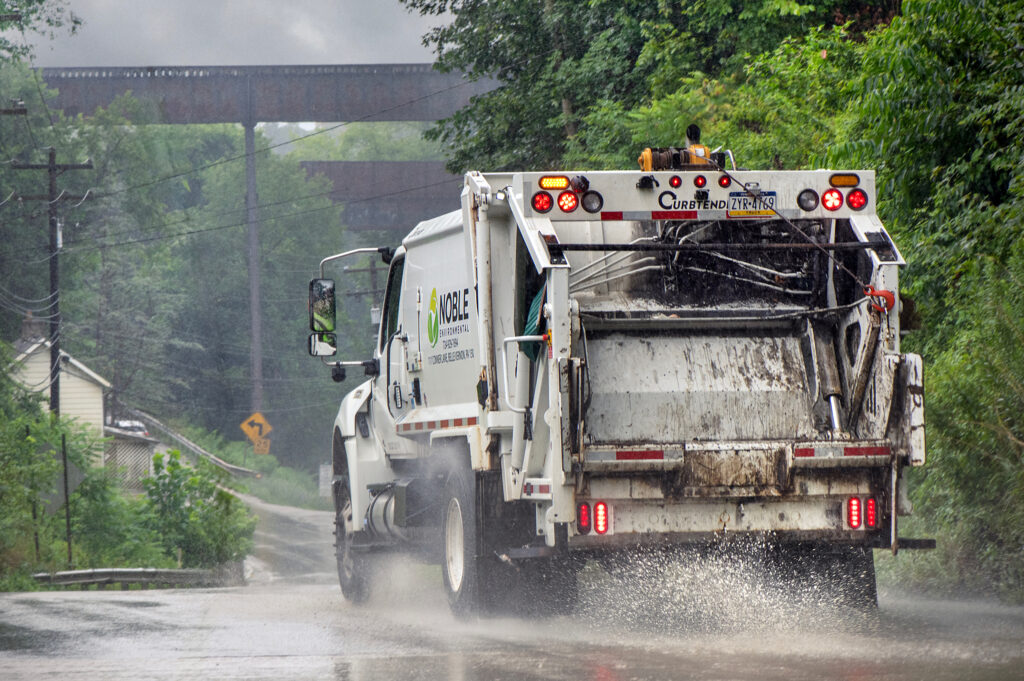Making Tax Digital for Income Tax Self Assessment (MTD for ITSA) is no longer a distant reform. From April 2026, it becomes mandatory for thousands of self-employed individuals and landlords earning over £50,000 annually. Those who fail to comply could face penalties of up to £800 in the first year — simply for missing digital record-keeping and quarterly submissions.
This guide breaks down exactly what needs to be done, how to avoid fines, and how to set up a fully compliant system in time.
1. What Is MTD for Income Tax?
MTD for Income Tax is HMRC’s move to replace annual paper tax returns with digital bookkeeping and quarterly tax submissions. Instead of filing one return by 31st January each year, taxpayers must:
-
Keep digital records of all business or rental income and expenses.
-
Submit quarterly updates to HMRC through approved software.
-
Send an End of Period Statement (EOPS) and a Final Declaration.
2. Who Must Comply from April 2026?
MTD for ITSA applies to individuals who:
| Criteria | Requirement |
|---|---|
| Income Type | Self-employed, partnerships, or rental income |
| Minimum Annual Turnover | Over £50,000 (combined from self-employment + property) |
| Start Date | April 2026 |
| £30,000–£50,000 Income Bracket | Starts April 2027 |
| Below £30,000 | Currently exempt (under review) |
Those already filing returns via paper, spreadsheets, or basic bookkeeping must switch to compliant software.
3. What Happens If You Don’t Comply?
MTD non-compliance attracts a penalty system under HMRC’s points-based model:
| Failure | Penalty |
|---|---|
| Late quarterly submission | 1 point |
| Reaching 4 points | £200 fine |
| Continued non-compliance | Up to £800/year or more |
| Record-keeping failures | Additional penalties |
If quarterly submissions or final declarations are missed repeatedly, fines escalate.
4. The 2026 Compliance Checklist
To avoid unnecessary costs and stress, here’s a step-by-step guide:
✅ Step 1: Check If You Qualify
-
Add your total self-employment + rental income.
-
If it’s £50,000+, you’re in the first rollout group.
-
Partnerships and furnished holiday lets are also included.
✅ Step 2: Choose HMRC-Approved Software
You must use software that can:
✔ Record digital bookkeeping
✔ Submit quarterly updates
✔ Generate EOPS and Final Declaration
Popular options include:
| Software | Suitable For |
|---|---|
| Xero | Small business owners |
| QuickBooks | Sole traders & landlords |
| FreeAgent | Freelancers & contractors |
| Sage | SMEs and VAT-registered traders |
✅ Step 3: Digitise Your Records
From April 2026, paper invoices, handwritten ledgers, and Excel spreadsheets won’t be enough unless they’re linked to digital software via API bridging tools. Each transaction must be:
-
Entered in digital form (no manual copying between systems)
-
Categorised (rent received, utilities, travel, marketing, repairs, etc.)
-
Stored securely for up to 5 years
✅ Step 4: Quarterly Submission Dates
You’ll submit tax data four times a year. For 2026–27 onwards, expected deadlines are:
| Period Covered | Deadline |
|---|---|
| 6 Apr – 5 Jul | 5 August |
| 6 Jul – 5 Oct | 5 November |
| 6 Oct – 5 Jan | 5 February |
| 6 Jan – 5 Apr | 5 May |
Plus:
-
EOPS (End of Period Statement) – due by 31 January following tax year
-
Final Declaration – confirms all income, similar to current Self Assessment
5. How Much Will It Cost to Comply?
| Expense Type | Estimated Cost |
|---|---|
| Software subscription | £10–£30 per month |
| Accountant/bookkeeper support | £300–£800 per year |
| Training/team setup (if business) | £200–£500 one-off |
While there’s an initial cost, digital accuracy reduces HMRC inquiries and unexpected tax bills.
6. How to Prepare in the Next 12 Months
Timeline to Be Fully Ready
| Timeframe | Action |
|---|---|
| Now – Dec 2025 | Start using digital software on a trial basis |
| Jan – Mar 2026 | Digitise all business and rental records |
| Apr 2026 | First digital tax quarter begins |
| 5 Aug 2026 | First submission deadline |
7. Common Mistakes to Avoid
-
❌ Waiting until March 2026 to switch systems
-
❌ Using spreadsheets without bridging software
-
❌ Forgetting EOPS or Final Declaration dates
-
❌ No backup of digital records
-
❌ Mixing personal and business accounts
8. How Accountants Can Help
A professional tax adviser can:
-
Set up digital software tailored to your business
-
Train you or your staff to maintain records properly
-
Submit quarterly returns and prevent penalties
-
Offer tax-saving strategies alongside MTD compliance
One such advisory firm is My Tax Accountant, which provides support for digital tax transition, bookkeeping, and personal tax management.
9. Final Thoughts: Act Now, Avoid the £800 Fine
MTD for Income Tax is not optional — it’s mandatory from April 2026 for thousands of landlords and self-employed professionals. Waiting until the last minute risks:
-
Technical issues
-
Missed submissions
-
Stress and avoidable fines
Start early, choose the right software, and stay ahead of HMRC’s digital deadline.















